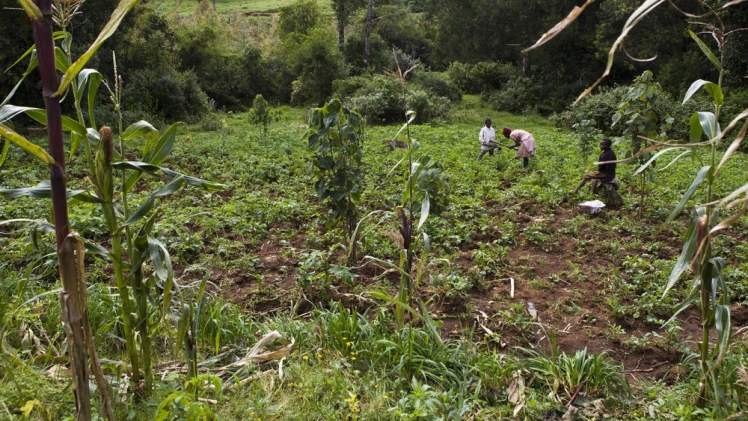
Soil erosion is the natural process of detachment and movement of surface soil by water or wind, and has occurred simultaneously with soil formation on the Earth for millennia. In natural ecosystems the formation of soil from decomposing plant and animal matter occurs in balance with the rate of erosion, maintaining overall soil health and fertility and preventing a net loss of topsoil.
In the last several centuries, however, human activities have increased the rate of soil erosion, currently outpacing soil formation by 10 times in the U.S. and 40 times in China and India.
In the last 40 years, 30 percent of the world’s arable land has become unproductive and 10 million hectares (about 25 million acres) are lost each year due to erosion.1 Additionally, accelerated erosion diminishes soil quality, thereby reducing the productivity of natural, agricultural and forest ecosystems. Given that it takes about 500 years to form an inch of topsoil, this alarming rate of erosion in modern times is cause for concern for the future of agriculture.
Conclusion
This supplement explores the major causes of soil erosion and the social impacts it has on communities, underscoring the importance of agricultural practices that prevent or minimize erosion. Anthropogenic causes of accelerated soil erosion are numerous and vary globally. Industrial agriculture, along with overgrazing, has been the most significant contributor, with deforestation and urban development not far behind.2, 3, 4 Heavy tillage, fallow rotations, monocultures, and marginal-land production are all hallmarks of conventional agriculture as it is variably practiced around the world and significantly encourage accelerated soil erosion